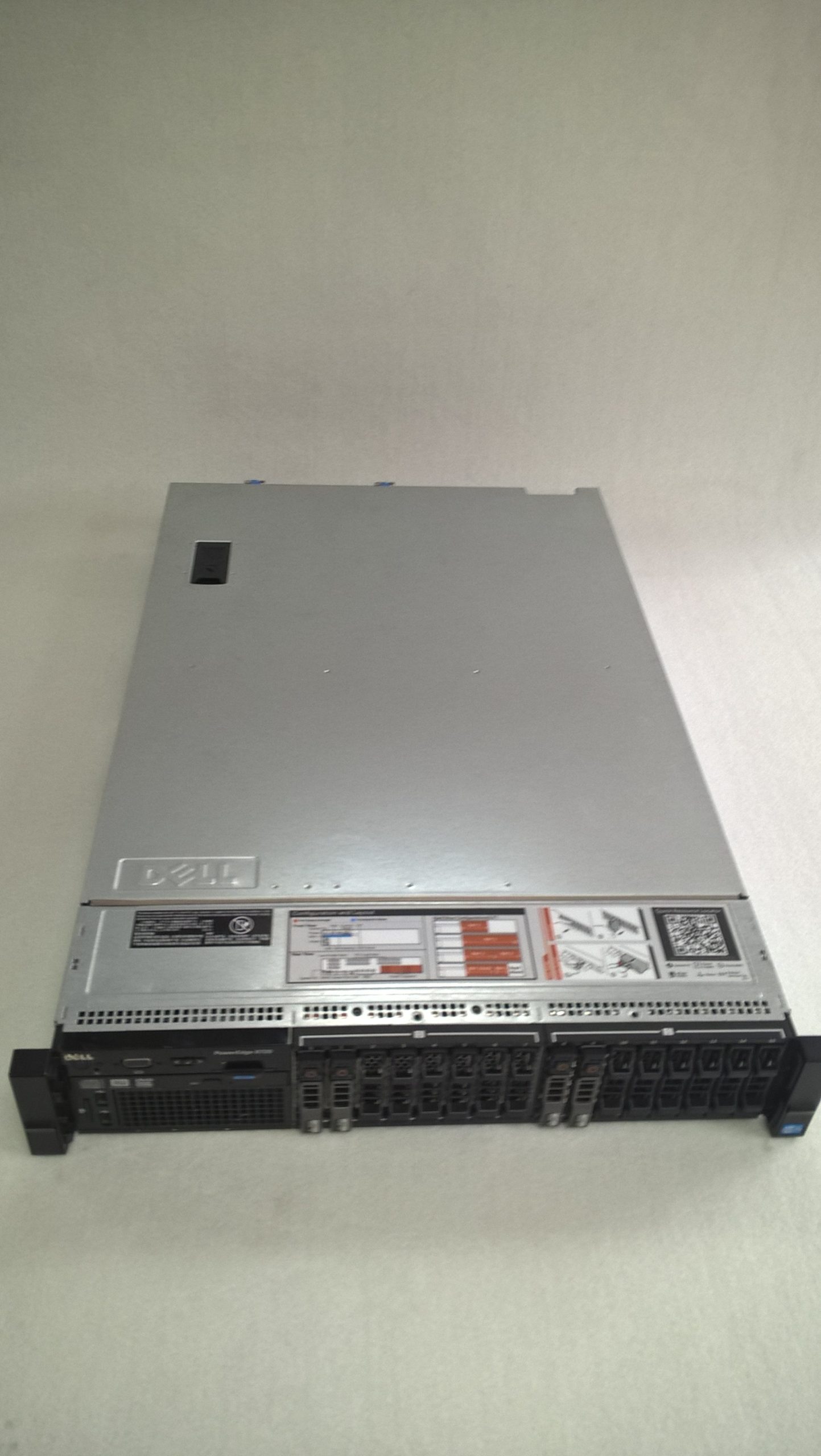Understanding the Risks: What Happens When You Share Your HAR File
Recently, I found myself in a concerning situation that I believe is worth discussing to raise awareness about online security. While it may not be the most flattering experience, I think it’s essential to share the lessons learned from this episode.
In a moment of what I can only describe as poor judgment, I sent a “.har” file to someone I believed was trustworthy. The process seemed straightforward: this individual instructed me to open the Inspect Element tool, navigate to the Network tab, refresh the page using Ctrl + R, and save the information as a “.har” file. It felt innocuous at the time, but I quickly realized the gravity of my mistake.
After sending the file, I noticed that this person attempted to access one of my online accounts. Thankfully, my two-factor authentication (2FA) acted as a barrier and prevented them from succeeding. However, it left me pondering several important questions about what information they might have gained access to.
What Is a HAR File?
For those unfamiliar, a HAR (HTTP Archive) file captures the network traffic between your browser and the websites you visit. It includes valuable data such as cookies, session information, and potentially sensitive details that can be exploited by malicious actors.
What Could a Scammer Access from My HAR File?
The primary concern is what the scammer could glean from the contents of the HAR file I provided. While it seems they primarily attempted entry into the account related to the active tab when the HAR was generated, I’m apprehensive about whether they accessed other sensitive information. Since this file contains cookies and headers associated with that session, it’s possible they viewed details about other accounts or services used within that same browsing period.
Taking Precautionary Measures
Immediately after realizing the potential implications of sharing the HAR file, I took action. I began by changing the password for the account they targeted and proceeded to update passwords for other important accounts as well. This experience underscored the significance of maintaining strong and unique passwords across different platforms.
Final Thoughts
If you ever find yourself in a similar situation, remember that sharing files that contain sensitive data, like HAR files, can have serious repercussions. Always approach such requests with caution and prioritize your digital safety. If something feels off, it’s better to err on the side of caution.
To anyone reading this, take my experience as a reminder to bolster your security practices, and don’t hesitate to change
Share this content:



